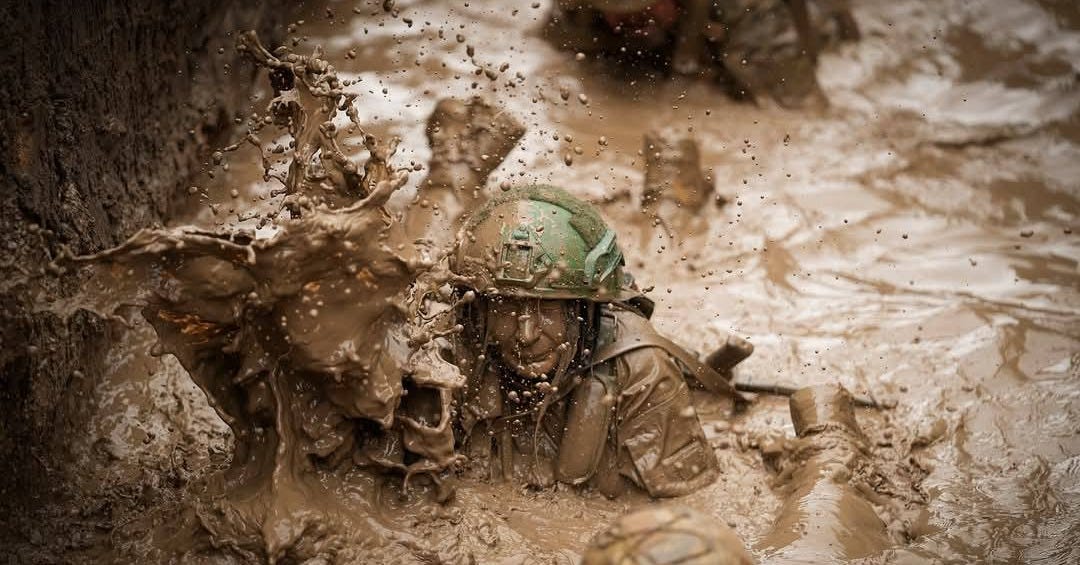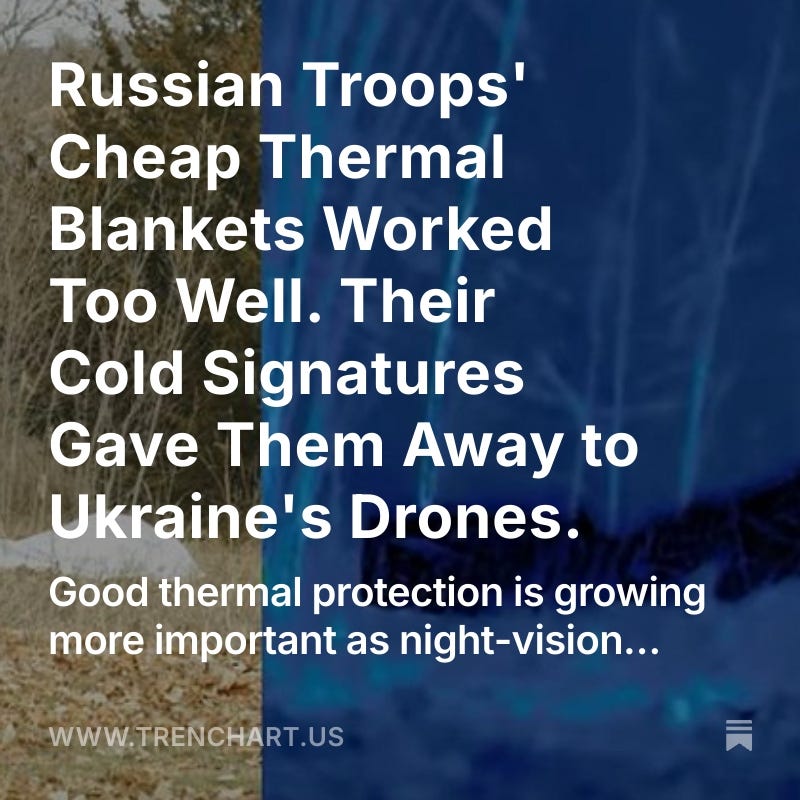Fewer Drones, More Tanks—How Winter Will Rewrite Ukraine’s War
The winter weather can ground and blind drones
Both Russian and Ukrainian infantry are going to be even more miserable, however, as they shiver in their cold muddy trenches and trudge through deepening winter mud.
The weather turned in early October. Not coincidentally, that’s when Russian field armies around Pokrovsk finally deployed the hundreds, if not thousands, of tanks and other armored vehicles they had spent most of this year stockpiling.
Heavy vehicles are extremely vulnerable to the tiny explosive drones that are everywhere all the time along the 1,100-km front, of course. Anything that reduces the pace of drone sorties—bad weather than throws drones off course and obscures their sensors, for example—is a boon to vehicle crews.
“Russian forces are trying to carry out mechanized assaults under weather conditions unfavorable for UAV operations, while Ukrainian troops are repelling them,” the pro-Ukraine Conflict Intelligence Team noted.
The weather was bad in early October, but maybe not bad enough. Despite the overcast, Ukrainian drones detected and—with the help of artillery and mines—halted all four major Russian mechanized assaults around Pokrovsk in recent weeks.
“We have terrible weather conditions,” Ukrainian drone operator Kriegsforscher reported after helping to knock out 16 vehicles on Oct. 9. “But we still managed to find an opportunity.”
The Russians’ fortunes may improve as the winter sets in, however.
“Rain and fog ... hinder Ukrainian reconnaissance UAVs from detecting [Russian] armored vehicle columns in advance,” the pro-Ukraine Conflict Intelligence Team explained.
If more Russian armor can get across the wide drone kill zone and land infantry inside Ukrainian territory, the Russians may be able to accelerate their slow pace of advance around Pokrovsk as October turns into November.



